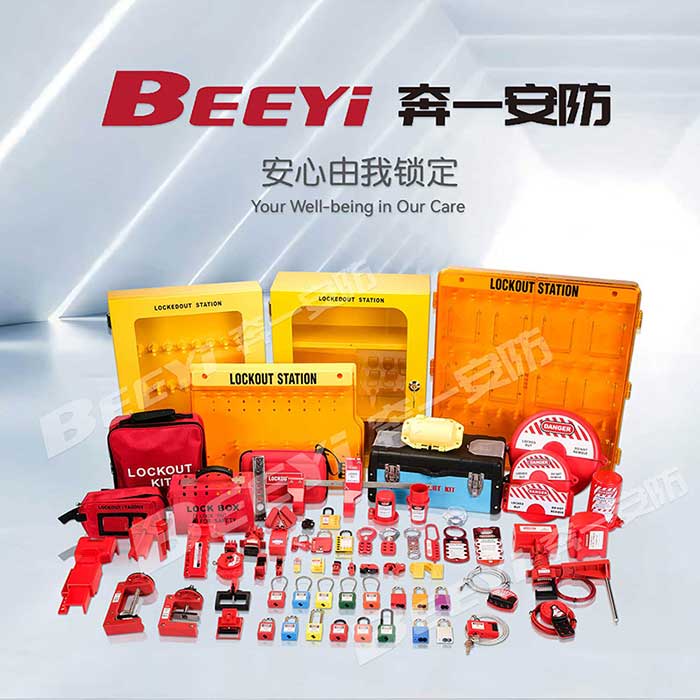In industrial and manufacturing environments, safety is paramount. One critical safety procedure employed to ensure worker protection during maintenance or repair operations is the Lockout/Tagout (LOTO) program. At the heart of this program lies lock out equipment, which serves as an essential tool to prevent the accidental release of hazardous energy and to protect workers from dangerous situations.

What is Lock Out Equipment? Lock out equipment refers to a set of tools used to lock and tag machinery or equipment that is being serviced or maintained. The goal of using this equipment is to prevent energy from being inadvertently released while workers are engaged in maintenance tasks. These tools are an integral part of the broader Lockout/Tagout procedures, which aim to isolate all forms of hazardous energy—electrical, mechanical, hydraulic, pneumatic, and thermal—during repair or maintenance. Types of Lock Out Equipment Lockout equipment comes in various forms, each designed to control a specific type of energy or prevent access to equipment in a manner that could lead to injury. Some of the most commonly used types include: